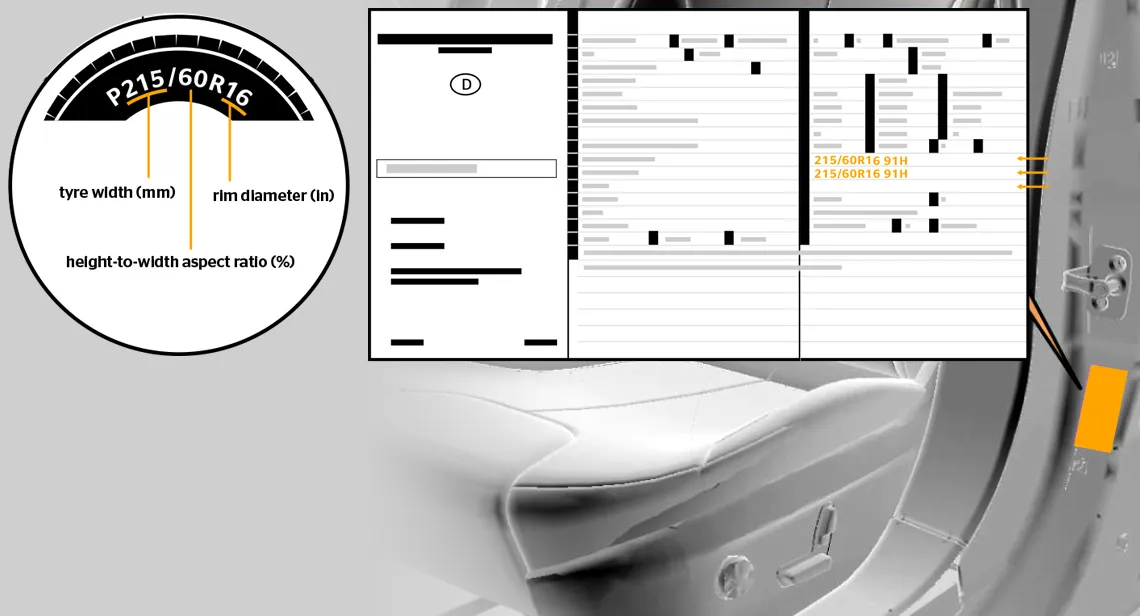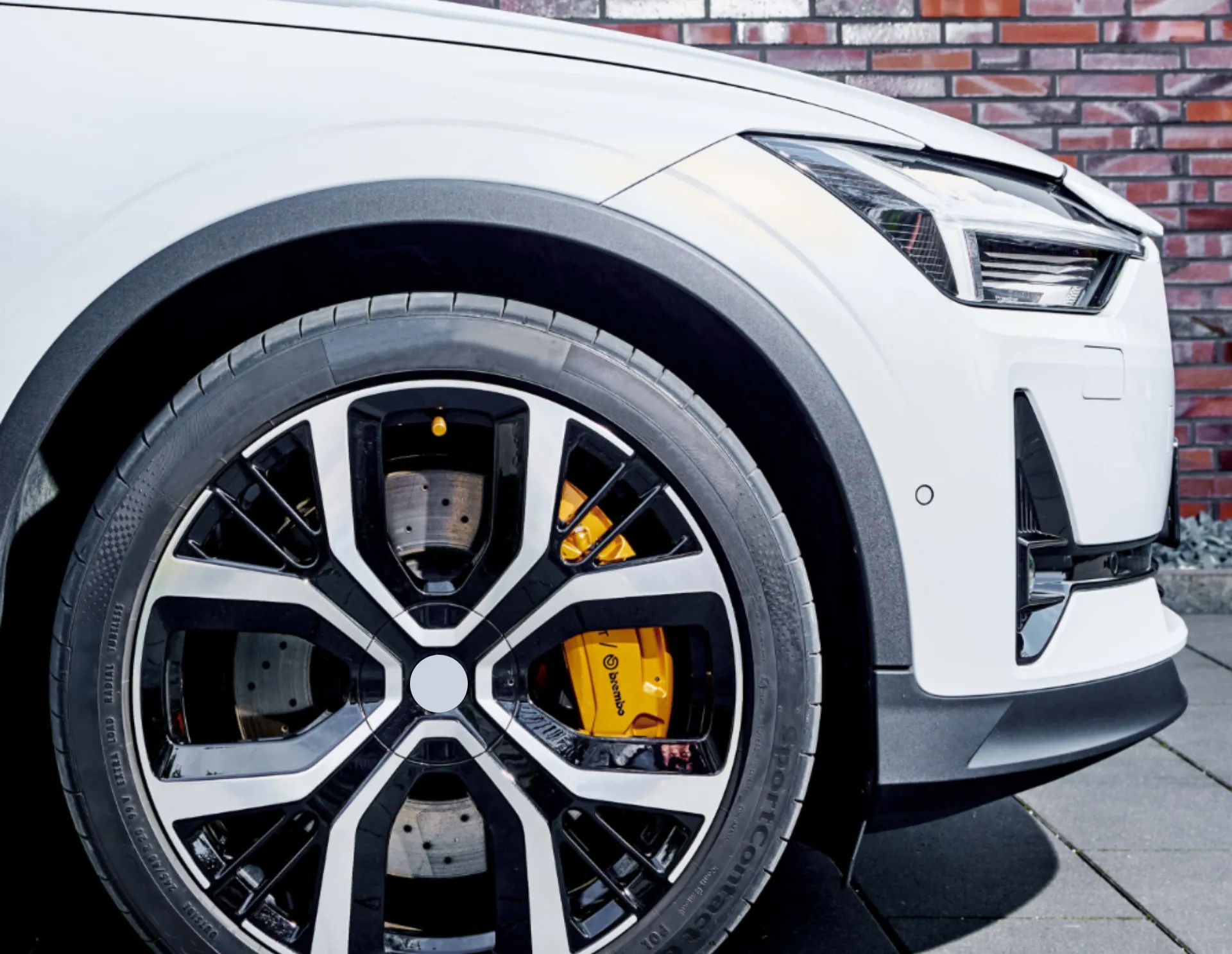
What is a worn out tire for you? Probably a tire that can’t run anymore. It is obvious that worn out tires are dangerous for driving but many people don’t know the exact definition of a worn out tire. There are certain conditions that if met might turn your tires into a worn out tire which might be extremely fatal for driving. So, how can you identify whether your tire is worn out or not?
Telling whether a tire is worn out or not, the tread on your tires will tell you this. It is the point at where the rubber outside your tires touches the asphalt. The tread such that the outer layer contains grooves or voids carved into the tire's rubber. These grooves provide enough grip on rainy or muddy roadways. When tires wear down, the tread vanishes and the tires lose their ability to grip the road correctly. This can cause your tires to face the following side effects leading towards the following conditions.
More prone to puncture
The rubber of a partially worn or bare tire would deteriorate. As a result, there is just a little amount of rubber remaining to function as a barrier between the tire and the road. Driving over a shard of glass or other steep trash will result in a flat tire. An abrupt blown tire in the midst of a drive might result in a full crash.

Overheating can happen due to bald tires
Tires become bald when they have been worn down significantly. Bald tires have almost no tread remaining around the circle. Therefore, as a result, the flat tire's rubber is always in touch with the road. When contrasted to a tire with adequate groove depth, this creates substantially higher heat build-up. A modern tire would feature grooves to allow air to flow through. This keeps the tread cool. Because a worn-out tire lacks treads, heat accumulates and the tire finally blows up.

Hydroplaning is a possibility.
Hydroplaning may be avoided by using tread patterns or grooves. Once there is a coating of water under the tire, it is known as hydroplaning or aquaplaning. Hydroplaning occurs when a vehicle slides across water on the road's surface. The driver may lose control of the car as a result of this.

Tire wear and under-inflation
Tires that are worn out lose air pressure more quickly, resulting in under-inflation. Underinflation wears down the tires even more, creating a vicious cycle. Under-inflated tires that are half-worn or bald can pose major issues for drivers. Reduced tire pressure equates to lower fuel economy. It's probable that you'll have trouble steering. There's also a greater probability of getting a flat tire.

Driving in the snow is quite hazardous.
Even with decent tires driving in the snow is risky. Sipes, in combination to grooves, help the car grasp the ice and prevent it from sliding. In a snowy area, a bald tire with damaged threads and sipes will not provide sufficient grip. It's conceivable that your car may slide. In the winter and on ice roads, worn-out tires become much more dangerous. Your safety remains your first priority and worn out tires could be a threat to it. For more information and guidance on tires try exploring Continental Tire knowledge.








